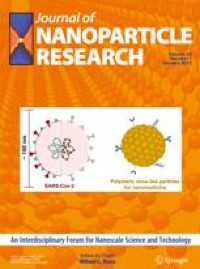Abstract
Molecular dynamics (MD) simulations were conducted to investigate the thermophysical properties of paraffin/ethylene–vinyl acetate (EVA)/double-walled carbon nanotube (DWNT) composites as phase change materials (PCM). In an assessment of the mechanical properties and thermal conductivity of paraffin/EVA/DWNT composites, the effect of the mass fraction of DWNT was assessed microscopically. A total of five molecular models were constructed, ranging in DWNT content from 0 to 17.1 wt%. MD simulations show that DWNT has had a positive impact on heat transfer efficiency, according to the non-equilibrium simulation results, which could be probably attributed to the high thermal conductivity of DWNT. As the DWNT content increased, however, more interfaces would form, and the interfacial thermal resistance would increase, reducing the mean free path of phonon and hindering heat transfer. In addition, three types of functional groups attached to DWNT, including methyl, vinyl acetate, and pentadecane, were used to investigate the influence of functional groups on the thermophysical properties between DWNT and matrix. It reveals that the functional groups would increase higher defect density and cause stronger interfacial boundary scattering, thereby limiting the axial heat transfer of DWNT. Nevertheless, the functional group increases the contact area between DWNT and the matrix material. Thus, it elevates the adhesion at the interface, reducing the interfacial thermal resistances and improving the radial heat transfer of DWNT. Therefore, it is necessary to consider DWNT with the appropriate type and density of functional groups to maximize the PCM's thermal performance.




Δεν υπάρχουν σχόλια:
Δημοσίευση σχολίου